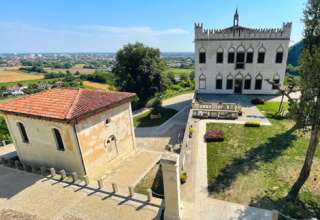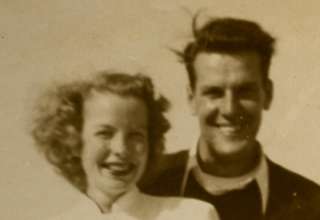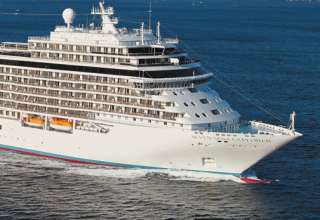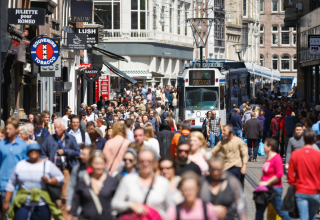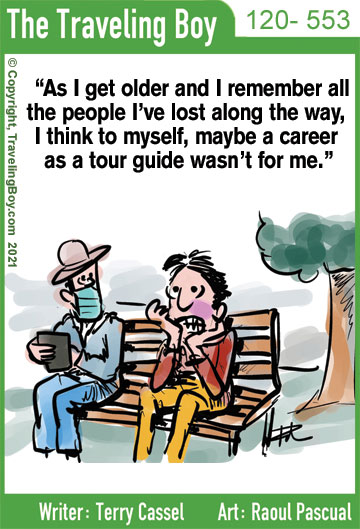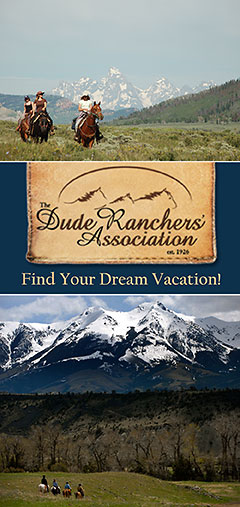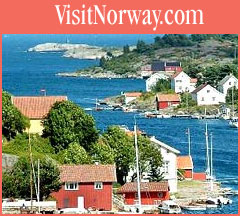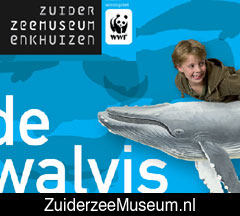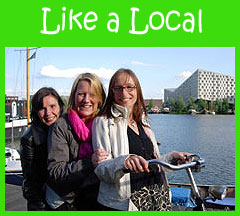By T-Boy Society of Film, Travel & Music

The Latest T-Boy Film, Travel & Music poll is devoted to a positive cultural experience when visiting a new destination. Below you’ll find orignial content not found anywhere else on the globe by Richard Carroll, Audrey Hart, Ringo Boitano, Deb Roskamp and even two by yours truly. I hope you enjoy the entries as much as I enjoyed its compilation. – Ed
Richard Carroll: T-Boy Writer
Tango Culture: Buenos Aires
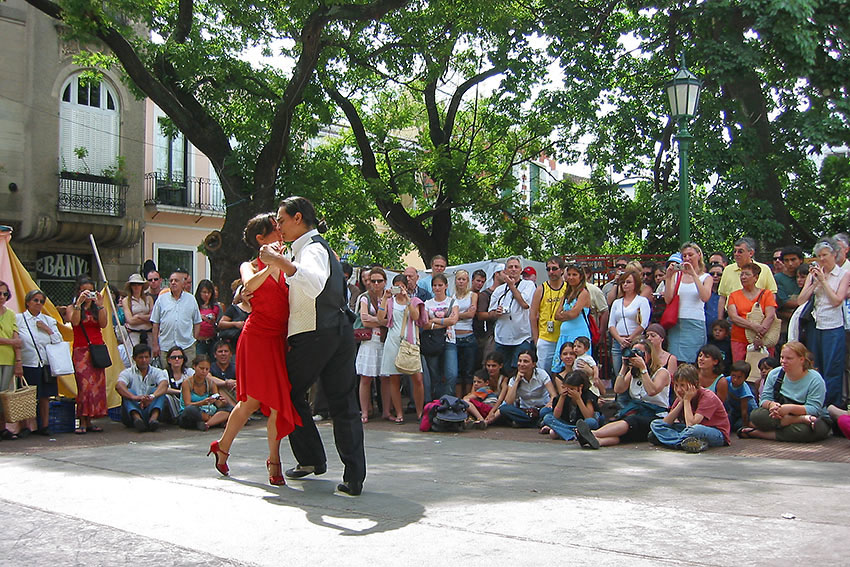
Traveling the world like so many others, I never believed that a city and it’s music would have the greatest culture impact. A musical magic that quickly captured me. Buenos Aires seems to float on a tango C chord, the wave lengths drifting through the city leaving a rhythm touching the heart. A dramatic, sensuous, feel-good rhythm, where some of the most gorgeous women in the world are moving their feet to a music that is the essence of Buenos Aires. The city, near the bottom of South America, is where tango was born in the America’s, and it’s alive and thriving. Walking through the neighborhoods one is greeted by tango, and often couples dancing tango in a sensuous and precise sway that is mesmerizing, where legs and feet are as precise as a jeweled Swiss clock. The city has tango boutiques, tango hotels for visitors in love with the art, tango night clubs, tango schools, and best of all a large downtown dance hall where the portenos go to dance after a long days work. You see street workers, fashionable ladies with a briefcase, and other portenos, all filing into the dance hall. The men on one side of the room, the ladies on the other, They dance tango with various partners for an hour or so and head for home, each going their separate way. Not a place to meet your lifetime lover. It’s just a place for the portenos to dance tango. Tango in Buenos Aires is the culture of the city and the magic is for both visitors and portenos alike.
Audrey Hart: T-Boy Food Writer
Chimichanga Culture: Tucson, AZ
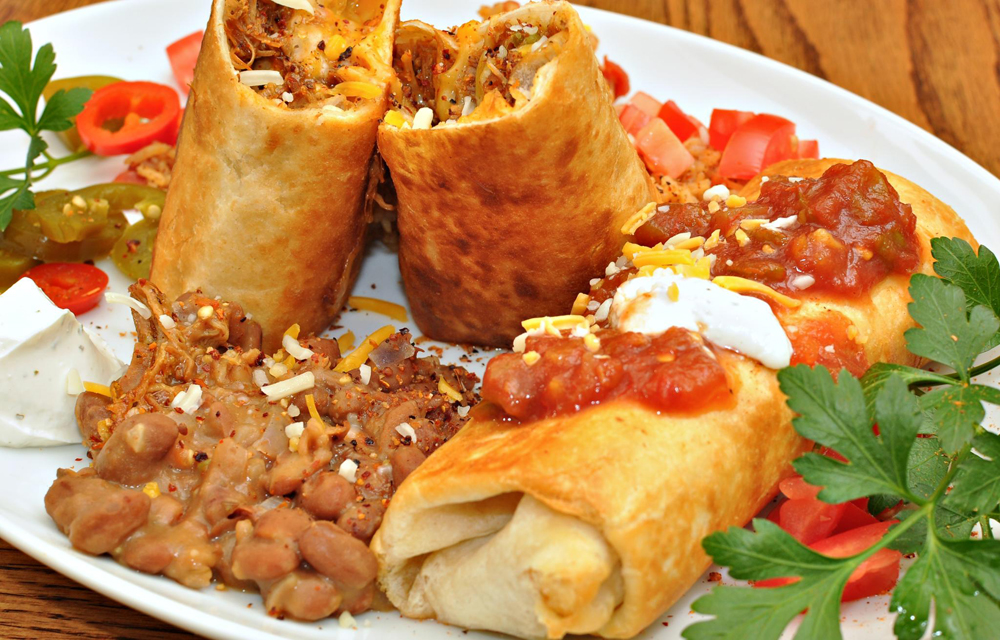
No city is more associated with the Chimichanga than Tucson. The city’s tourism office published an ad in the nationally circulated Food & Wine magazine, inviting Americans to visit Tucson, “home of the chimichanga.”
Chimichanga, or “chimi,” has achieved cult-like status in Tucson where residents take their chimis very seriously and prefer large, overstuffed versions. Every restaurant and eatery have its own version of this favorite dish. But many consider El Charro Café’s the best and most authentic. – Source: Food Timeline.
Family legend says that owner Monica Flin in 1928 accidentally dropped a stuffed beef burrito in a pot of boiling oil. She immediately shouted some profane expletives, but noticed younger family members in the kitchen, and abruptly changed the swear word to “chimichanga,” the Spanish equivalent of “thingamagig.” Tucson was awarded the nation’s first UNESCO City of Gastronomy Designation, and Gourmet Magazine named El Charro Café, “One of America’s 21 Most Legendary Restaurants.”
See El Charro Café’s Chimichanga Recipe here.
Ringo Boitano: T-Boy Writer
The Culture of Family: Tahiti and Her Islands
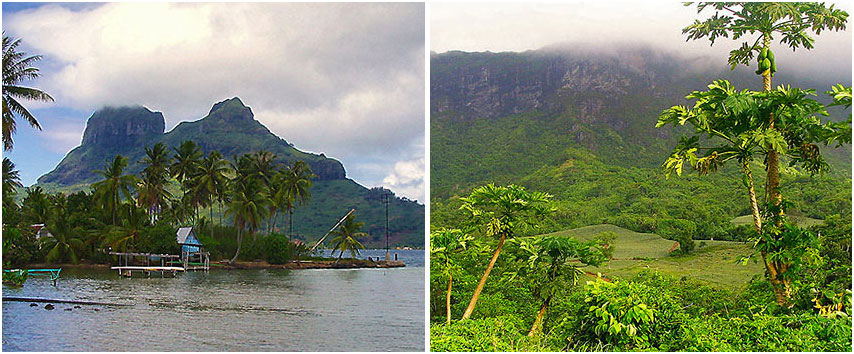
Our jeep commenced deep into the mountainous valley of Tahiti’s Papenoo; a true Garden of Eden with fertile displays of ginger, vanilla, taro, noni and breadfruit. The medicinal and cosmetic benefits of the pants and flowers are well utilized by the Tahitians, renowned for their health, physical beauty and spiritual serenity.
My guide was an Euro-Tahitian anthropologist, who has lived in Tahiti Nui his entire adult life. He explained the intricacies of Tahitian culture, where the past meets the present, and that the Gallic texture of today is often only evident on the surface. The French police keep the islands safe but will never enter a home when there’s a family dispute or even violence. Often times when a local commits an egregious crime, justice is handled the tribal way, where the offender might ‘accidentally’ fall from the top of a mountain or ‘mysteriously’ drown while fishing.
When a Tahitian woman reaches the age to give childbirth, she is encouraged to take as many lovers as she chooses. When an infant is born, the child is given to a group of older women, often aunts (slang, motu mamas) to be raised by the community in wide open mountain valleys. From my guide’s studies, he believes that Tahiti and Polynesia illustrate the most tolerant and sophisticated child rearing practices in the world; a world where the youth find meaning through relationships with the family, community, spatial terrain, ancestral spirits and God.
Ed Boitano: T-Boy Writer
The Culture of the Currach: Aran Islands
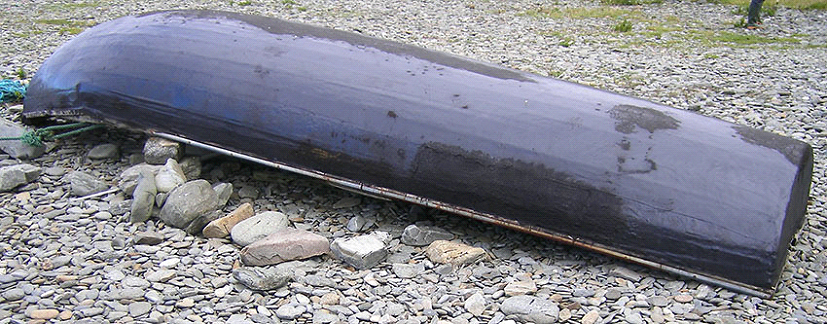
Due to their isolated location at the very edge of Ireland, the Aran Islands are naturally detached from the rest of the world and have maintained unique customs and ways of life for centuries. With a population of around 900 people, Inishmore (Inis Mór) is the largest of the Aran Islands, approximately eight miles-long by two and a half-miles wide. If you have just a day, this is the island you must see. Its principal village is Kilronan where you’ll find tour guides, horse drawn carriages and bicycle rentals waiting as soon as you get off your ferry. The Aran Islands’ relatively flat landscape makes an ideal setting for walkers of all levels, while the 30-minute bike ride from the pier to Dún Aonghasa is one of the most popular cycling routes in all of Ireland.
Before you depart on your tours, stop by Ionad Arann Heritage Centre, a three-minute walk from the village of Kilronan, an excellent visitor’s center, which provides a good introduction and guided tour taking you back more than two thousand years in the life and times of the Aran Islands.
The center demonstrates the art of currach making– a traditional island boat made by stretching a fabric over a sparse skeleton of thin wooden/wicker laths, then covered in tar. The currach has been used on the islands for centuries and is designed to battle the rough seas that face the open Atlantic Ocean. Documentary film director Robert Flaherty was fascinated to find that the Aran fishermen would not learn to swim, since they knew they could never survive any sea that swamped a currach, and would drown without a struggle. His filming of the dramatic shark-hunt – whose liver the islanders would boil to make lantern oil for trade – was a centerpiece of his staged documentary masterpiece, the 1934 film, Man of Aran.
Deb Roskamp: T-Boy Photographer
Fado Culture: Lisbon, Portugual
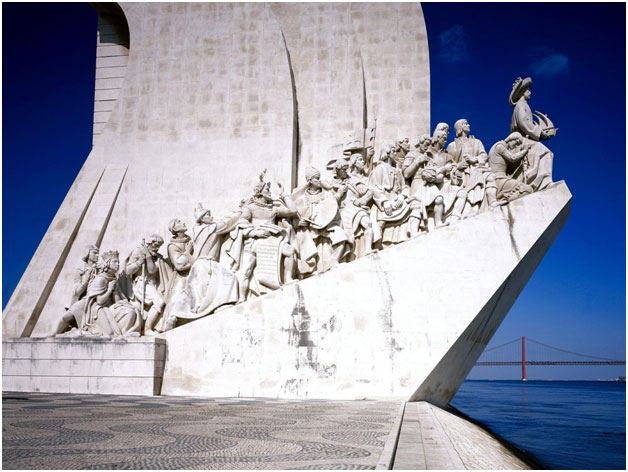
The fadista sang mournful tunes with lyrics of resignation, fate and melancholy; best defined by the Portuguese word saudade, (longing), symbolizing a feeling of irreparable loss and lifelong damage. Fado (‘destiny, fate’) is a melancholic genre whose birthplace is Lisbon’s port districts of Alfama, Mouraria and Bairro Alto in the 1820s. Initially, its musical style was performed in cafes, taverns and ‘half-door’ houses (bordellos) to sailors, bohemians, and courtesans who were mainly from the urban working-class.
Today, throughout the world, Fado is regarded as the Portuguese musical symbol of culture and tradition. The music is performed without any form of electric amplification by either a female or a male vocalist, and accompanying music, generally by guitars (10- or 12-string guitars), one or two violas (6-string guitars), and occasionally a viola baixo (a small 8-string bass viola). Most of the repertoire follows a double meter (four beats to a measure), with lyrics arranged in quatrains or in any of several other common Portuguese poetic forms.
I listened to the musicians while dining in a restaurant. The music took me back to imagining women singing these ballads to their sailors, as they set out to explore the world, disappearing beyond the horizon.
Raoul Pascual: T-Boy Webmaster and Illustrator
The Clean Culture of Japan
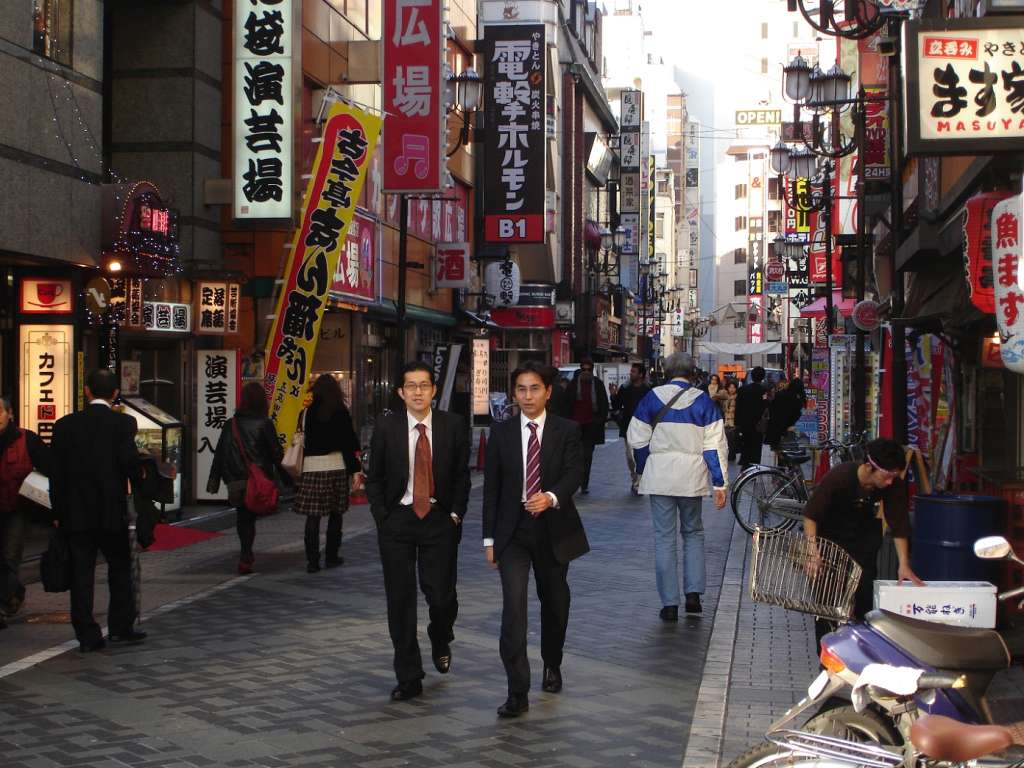
This country stands above all others in terms of selflessness. Something about the Japanese and upholding family honor. It was back in the 80s when I went to Tokyo, Nagoya and Kyoto for a business trip. For the most part, the streets were super clean (no trash anywhere… (not even a single cigarette butt), the people were hard working and disciplined. They said you could leave your luggage in the middle of the street and no one would steal it. They reminded me of worker ants with individual integrity functioning for the greater good of the hive.
Ed Boitano: T-Boy Writer
Irish Session Music: Doolin, Ireland
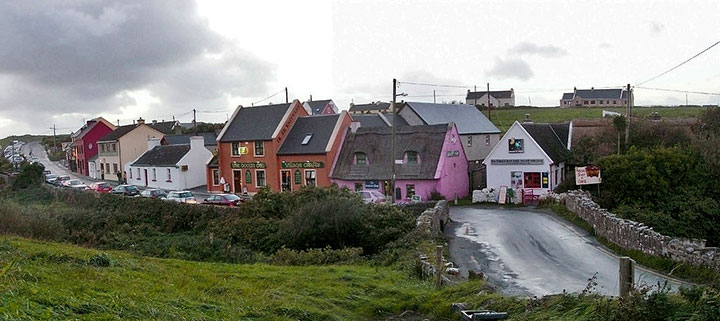
“What brings you to Ireland?” asked my friendly cab driver. “All the above and more, and with a very keen interest in Irish music,” laughed thee. The cabbie smiled, “You know, I sing too. Give me a couple pints of Guinness and I’ll sing all night fer yah.” My mood was already euphoric; now kicked up a step higher, well aware that a trip to the Republic of Ireland is a cultural immersion of living history, heartfelt poetry, ethereal landscapes and locals with hospitality in their very DNA. And, yes, I soon found my traditional Irish Session (‘seisiún’) bands, playing jigs (faster rhythms) and reels (stepdance music in ‘reel’ time), and an occasional ballad about the Great Famine and emigration.
Doolin (Dúlainn) is an Atlantic coastal village in County Clare, considered the home of traditional Irish session music. And the local attractions are not bad either, with the Cliffs of Moher, the Burren, and a port that leads to Aran Islands just around the corner. But what could top a Doolin pub meal washed down with a pint of the black stuff at one of the village’s rollicking establishments? Well, grab your next pint and bask in the intoxicating music of an Irish session band on the floor.
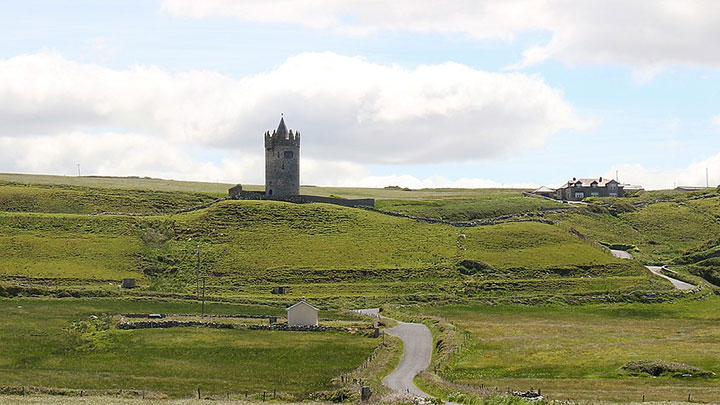
The size of the groups may vary, and members are sometimes new to one another, yet seemingly never missing a beat on the Bodhrán Drum. Traditional instruments generally included fiddle (the life blood of a session); harp; flute and whistle; Uilleann Pipes; guitar, mandolin and banjo; accordion and concertina, and the Bodhrán Drum. You’ll notice the Irish have the gift of the dance where evidence suggests that the sun worshipping Celts and the Druids practiced a circular formation pagan dance which has a commonality to the modern Irish set dancing of today. And, if you’re feeling particularly festive, you can join in on a dance; in my case, a rather clumsy and improvised one.
At a conversational break, a musician informed me that the Irish dancer once carried a heavy stone in both hands, preventing them from holding hands with the opposite sex. Then adding, “I’d probably need a shackle (Handcuff, carrying alcoholic beverages in both hands at the same time).” What could I say, besides Sláinte! (Pronounced: ‘slaan-sha’) and ordered another Guinness.
